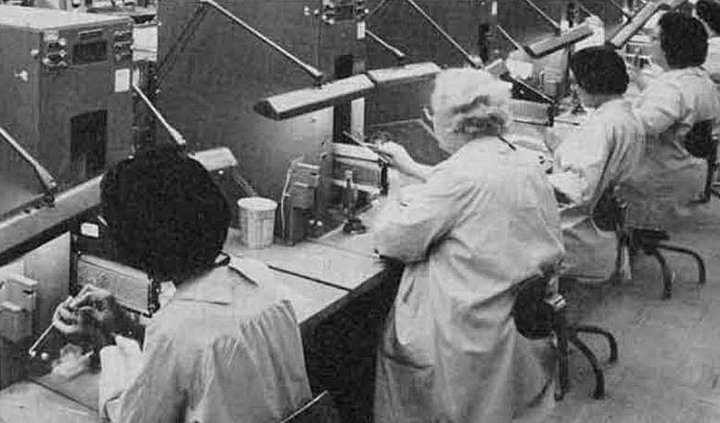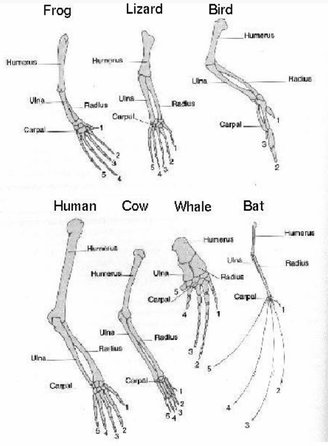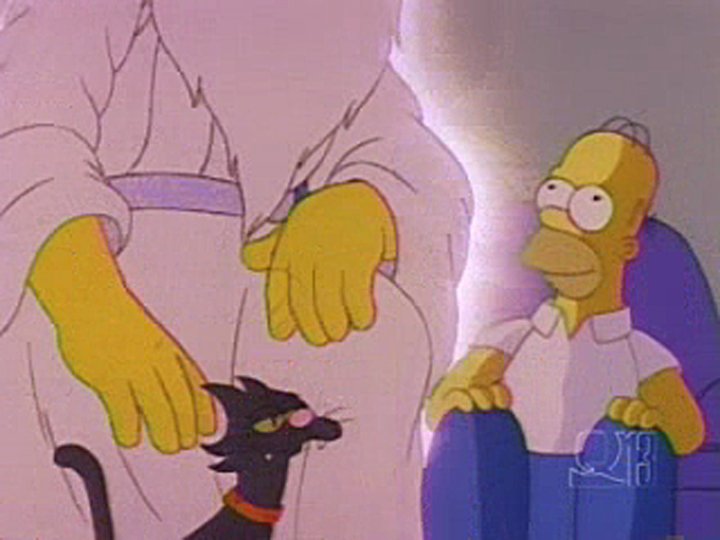Your genome doesn’t store anywhere that you have five fingers. It stores a developmental program, and when
you run it, you get five fingers. It’s one of the oldest parts of the genome. (Neil Gershenfeld)
Many years ago, my beloved took me out for a birthday breakfast, giving me several presents between first-sip-of-coffee and eggs-on-toast. Apparently I had a slightly glum expression on my face. “Problem?” she asked. “You don’t like my presents?” “I do.” I said, “It’s just that I’ve got nothing to turn.”
Anyone who has received a Rubik’s Cube or a ratchet screwdriver for a present will understand. So will kids, of all genders and ages, think: Lego, Meccano and Erector sets; Transformers; dollhouses. We were born to manipulate (manus = hand): opposable thumbs, wrists that rotate, fingers that move independently of each other (sort of: I can do “Live long and prosper” with my left, not my right, hand). Hands like ours knapped flints to spark a fire, hammered granite smooth to make passageways in the Great Pyramid, ground smoothly rounded glass for telescopes that discovered Jupiter’s and Saturn’s moons, filed brass wheels for chronometers to give seafarers their longitude, wove the thin wires that programmed Apollo’s computers… So yeah, I’m drawn to things that my hands can turn. And push and pull and grip and draw and type and stroke and thrill.

The software, all 73 kilobytes of it, for Apollo guidance computers was actually hardware: thin wires hand-woven by women recruited by Raytheon in Waltham, MA, from nearby textile factories. (Raytheon)
Five. Five fingers, five toes: pentadactyly. Same as whales, bats, cows, frogs and birds, more or less. Some 400 million years ago during the Devonian geologic period, the ancestor of all modern tetrapods—that is, mammals, birds, reptiles and amphibians—evolved five digits on each of its four limbs. Today, they’re not all obvious. For instance, five “fingers” are now hidden in a whale’s flippers and a bat’s wings; cats and dogs have five digits on their forepaws, but have lost a digit on their rear paws; and horses’ original five digits have fused into one.

Still, why five? At the start of the Devonian, 420 million years ago, evolution seems to have been toying with different arrangements—we have tetrapod fossils with five, six, seven and eight digits. But by the end of the Devonian, 360 million years ago, nature had settled on five, seemingly for the sake of genomic efficiency: after five, the complexity of the wrist and hand increases exponentially. And that’s the pattern that’s come down to us generation by generation in an unbroken line of descent. There’s a twist though: we have opposable thumbs, which have only been around, in their present form, for a couple of million years starting with our Homo habilis forebears. Other animals, particularly baboons, have some ability to grasp as we do, but it’s much more limited. Thank you, flexor pollicis longus muscle.

God’s got five, all other Simpson characters have four.
So when those early Olduvai Gorge dwellers began to dream of banging rocks together to create hammers and scrapers and stone axes, they were equipped to do so, unlike their simian cousins. Tool-making required tools, that is, hands that could grasp tightly. Two million years later, here we are.
Okay, time to take five, as it were, and really (really) look at your hands and admire them in all their flexibility, elegance and dexterity. I’m told, on good authority, that a deep toke is key to getting full value from this.
CLICK TO MANAGE